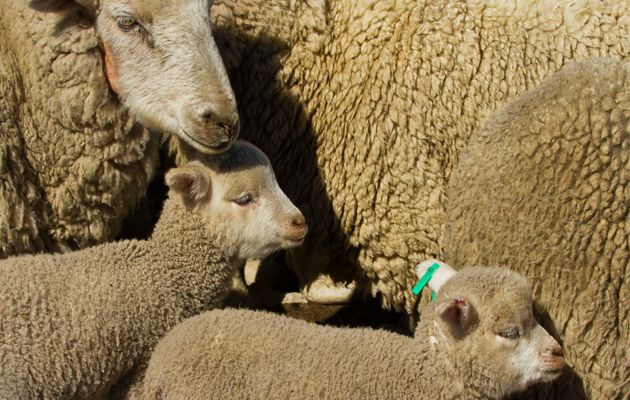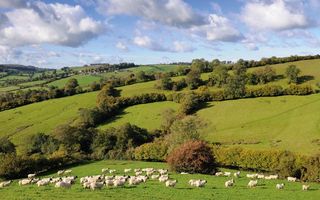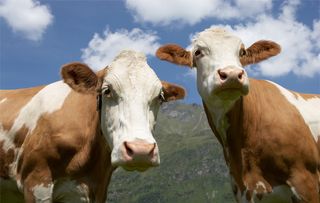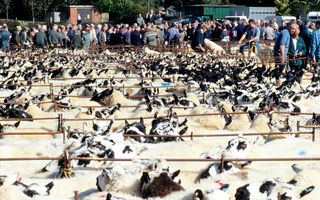Farmers count the cost of sheep tagging
New electronic tagging rules could cost farmers more than £1.8 million.


The compulsory electronic tagging of all lambs could cost Britain’s farmers in excess of £1.8 million, says the NFU. In a ruling introduced on January 1, every lamb less than 12 months old will have to sport an electronic tag (EID), even if it’s destined for the slaughterhouse. Previously, two-thirds of lambs were tagged with non-electronic plastic tags. Adult sheep and goats were already subject to compulsory electronic tagging, but in 2010, lamb producers were given a derogation by Defra to continue using non-electronic batch tags in certain circumstances.
‘We argued that there was no real benefit to the industry in terms of traceability when a lamb is bound for slaughter. However, for other parts of the industry, such as livestock markets, the move to EID would make reading tags easier,’ says the NFU’s Tom Fullick. He estimates that the new law will add about £1,000 to a farmer’s bottom line on the sale of 2,000 lambs. ‘This will reduce farmers’ ability to weather fluctuating lamb prices and input costs.’
The good news is that EID will give improved data at markets and, in 18 months’ time, there will be a complete dataset. ‘We can use this to approach the European Commission and ask for tolerance in the legislation, which currently requires records to be 100% correct,’ adds Mr Fullick.
Defra has also announced that cattle farmers within the badger-cull areas will receive bespoke advice from the Animal and Plant Health Agency about the current local level of risk of the disease.

Politicians bid for farming vote
Landscape of many colours: which party will best serve the interests of farmers?

The rise of the microdairy
Pint-size dairies can cream it in, discovers Tom Levitt.

Barn owls bounce back
The British Trust for Ornithology has reported a rise in barn owl nesting figures.
Sign up for the Country Life Newsletter
Exquisite houses, the beauty of Nature, and how to get the most from your life, straight to your inbox.

The Farmer's Market
Bovine TB, Russian boycotts and even the perfect harvesting conditions this summer are all affecting farming prices.
Country Life is unlike any other magazine: the only glossy weekly on the newsstand and the only magazine that has been guest-edited by HRH The King not once, but twice. It is a celebration of modern rural life and all its diverse joys and pleasures — that was first published in Queen Victoria's Diamond Jubilee year. Our eclectic mixture of witty and informative content — from the most up-to-date property news and commentary and a coveted glimpse inside some of the UK's best houses and gardens, to gardening, the arts and interior design, written by experts in their field — still cannot be found in print or online, anywhere else.
-
 From California to Cornwall: How surfing became a cornerstone of Cornish culture
From California to Cornwall: How surfing became a cornerstone of Cornish cultureA new exhibition at Cornwall's National Maritime Museum celebrates a century of surf culture and reveals how the country became a global leader in surf innovation and conservation.
By Emma Lavelle Published
-
 18 magnificent homes for sale from £550k to £20 million, as seen in Country Life
18 magnificent homes for sale from £550k to £20 million, as seen in Country LifeFrom a charming thatched cottage to a 300-acre estate with its own vineyard, here's our pick of places to come to the market via Country Life of late.
By Toby Keel Published
